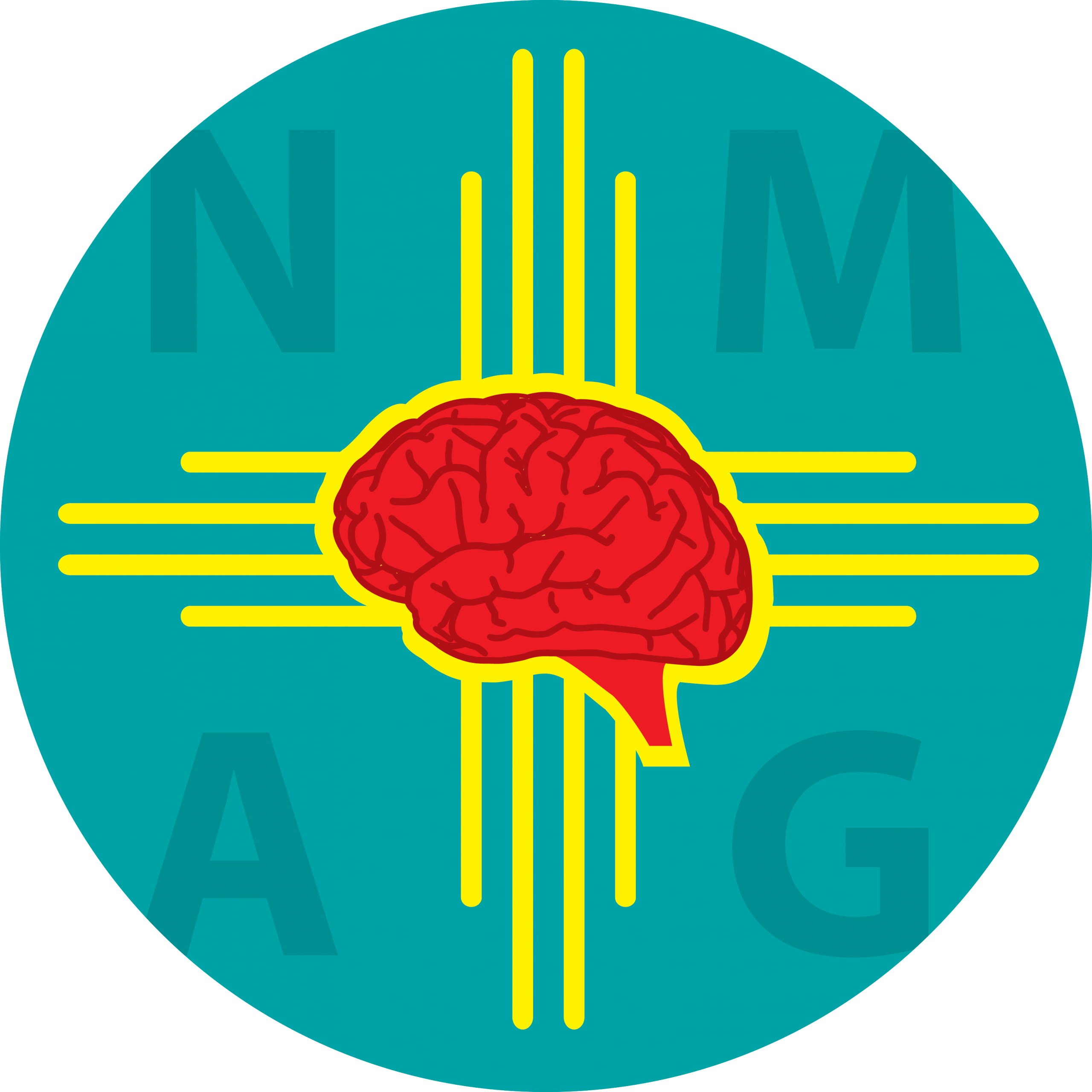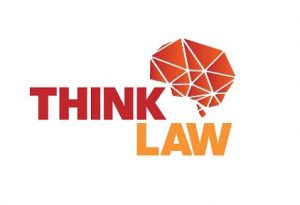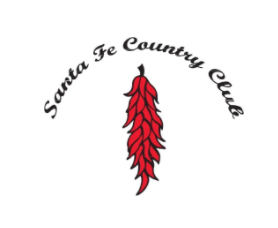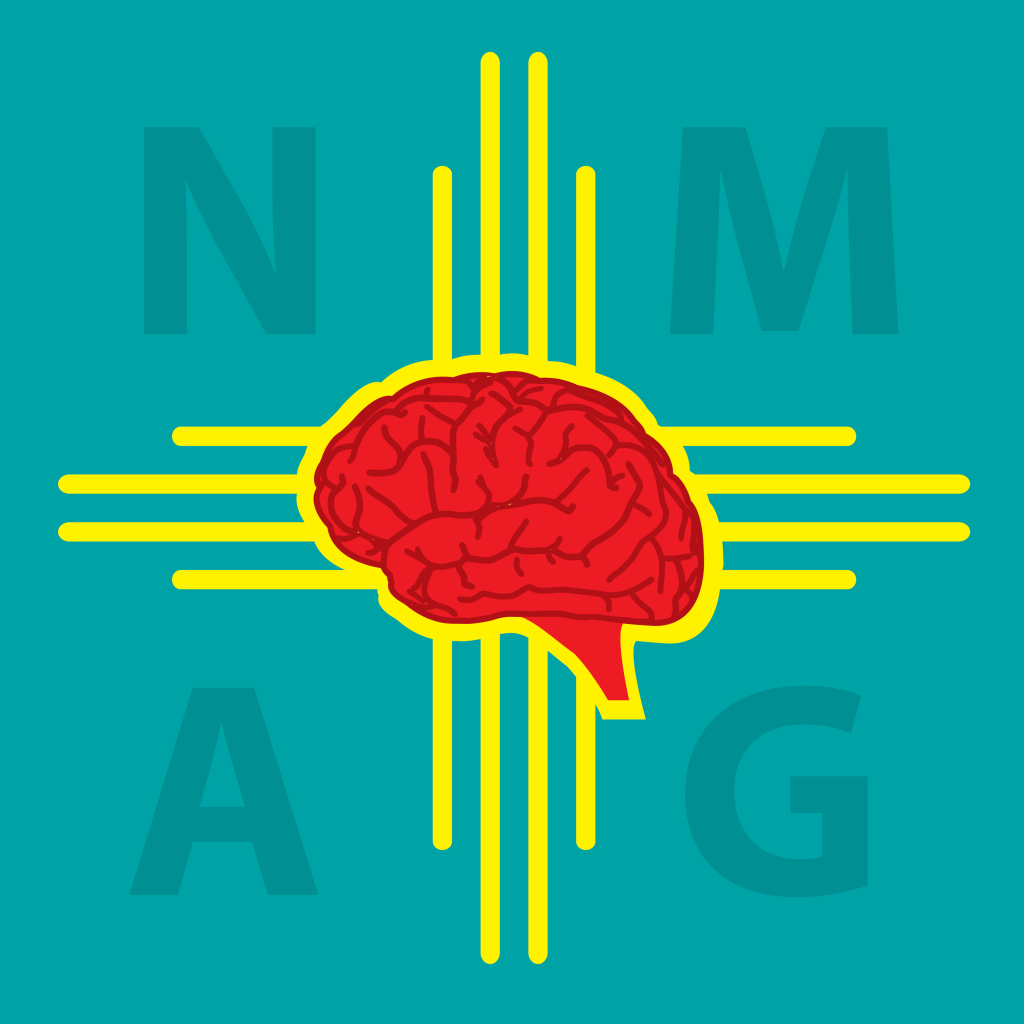Press
Letter to the Editor from Geoffrey Moon, President NMAG
Published in the Santa Fe New Mexican February, 2015
For too long, high-achieving and high-potential students have been harmed by the dangerous fallacy that they will succeed on their own. We can no longer afford to dismiss talent development for the population New Mexico defines as gifted — about 5 percent of students or 16,800; nor the additional 15 percent (approximately 50,000) who could be identified by a national definition of giftedness. These students are the future workforces for high-paying science, technology, creative and information-based careers in New Mexico. Their education is a major source of the state’s future prosperity.
Because of inattention to talent development, New Mexico has an excellence gap — between high-achieving students from disadvantaged backgrounds and their more affluent peers, between white students and students of color, and between high-potential students in New Mexico and those across the nation.
Based on National Assessment of Educational Progress test data sampling performance for the last two decades, our state’s greatest educational improvement has been in elementary mathematics. While that is laudable, American Indian, Black, and Hispanic students are three or more times less likely to score at the advanced level than white students. Students receiving free lunch, an indicator of poverty, are five times less likely to score advanced than students not needing assistance. Half as many New Mexico students (4 percent) score advanced, compared to the average 8 percent nationwide.
On another NAEP test, eighth-grade reading, 1 percent of New Mexico students score advanced, one-quarter of the national average. Despite the many attempts at reform, reading scores have not significantly improved in New Mexico since 1992.
New Mexico has invested vast sums in raising the educational status of low-performing students, with mixed results. Overall, our state’s educational performance could be predicted by its poverty.
Our workforce of tomorrow has too few high-performing students to attract increasingly intellectual jobs to this state. And, given who performs at the top, we can predict those intellectual jobs that do exist will go disproportionately to students who are white and economically secure.
Our students have every bit as much potential as any students in the nation, but we must improve the economic status of our children to help them perform well in school. We have to address the excellence gap in order to improve basic proficiency.
Our state can make improvements in talent development, beginning this legislative session. Cost effective and easily implemented examples include:
- Early entrance to kindergarten.
- Required availability of more accelerated classes.
- Teacher preparation programs requiring at least one course on high-ability learners.
- Growth and advanced achievement of the top 25 percent of students becoming a part of school grading.
- Require that school districts report how funding for high-ability learners is spent.
New Mexico has long had a commitment to gifted learners. To create a more equitable impact for our diverse population, more students need talent development services. Our current investment in gifted education keeps a small yet significant portion of our student population learning, growing and motivated. A greater one would benefit our entire state for years to come.






Recent Comments